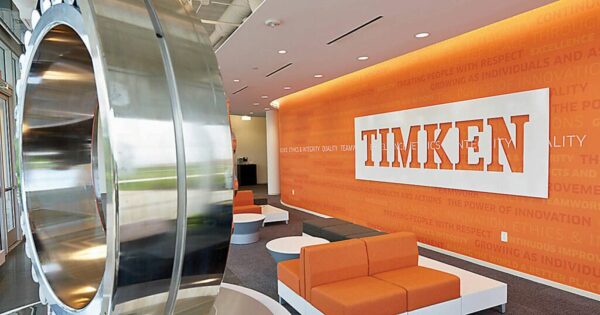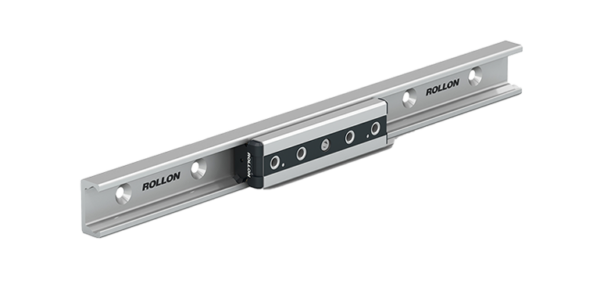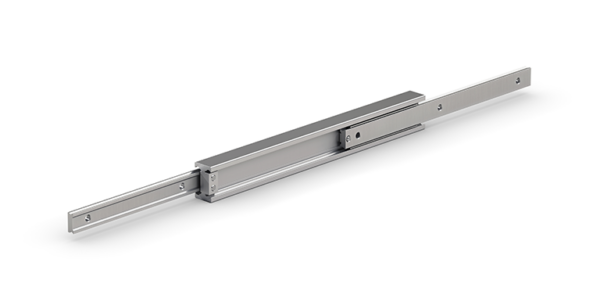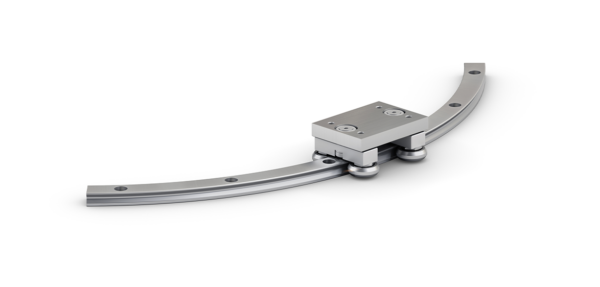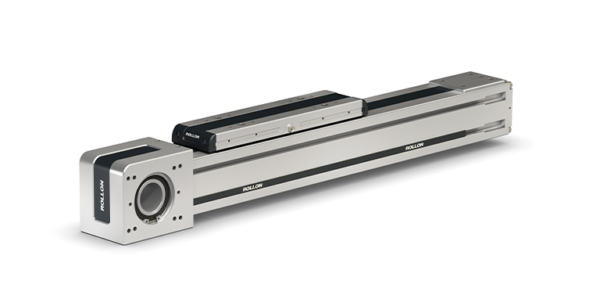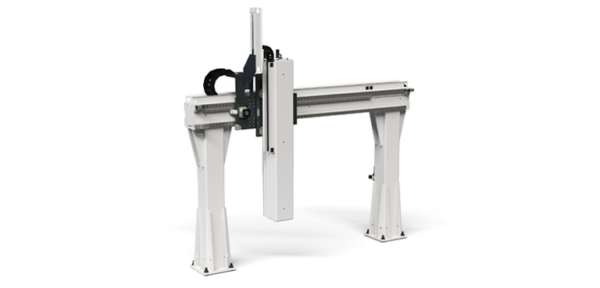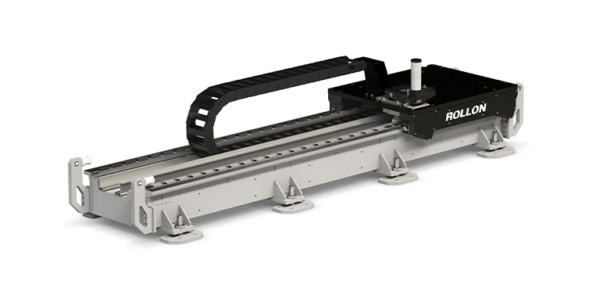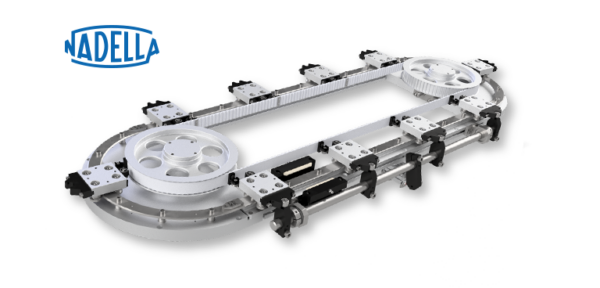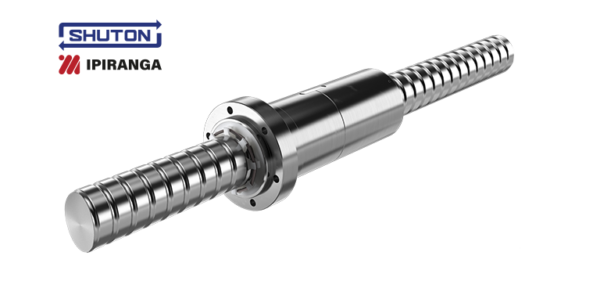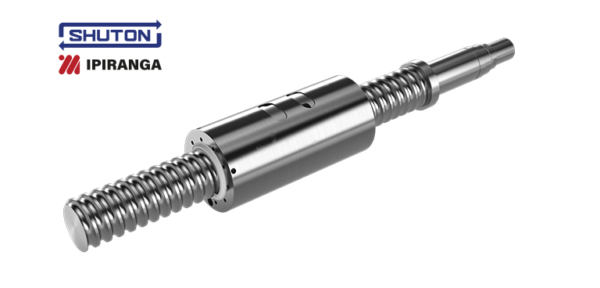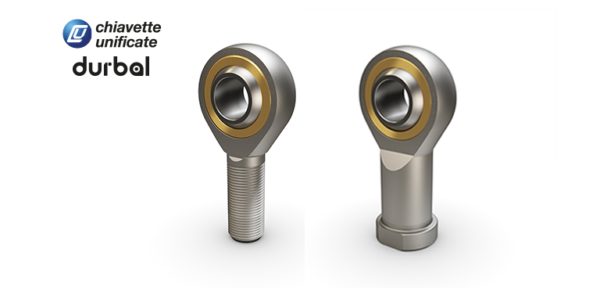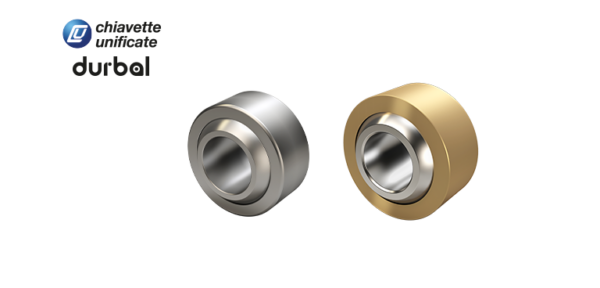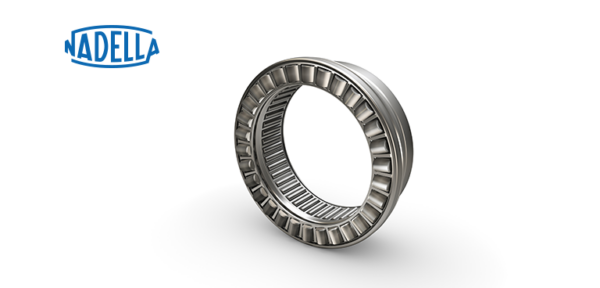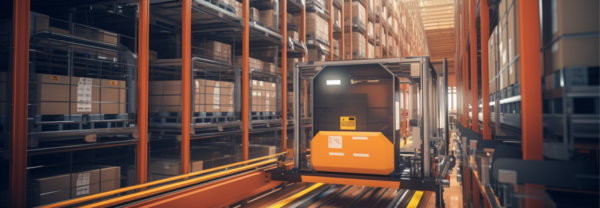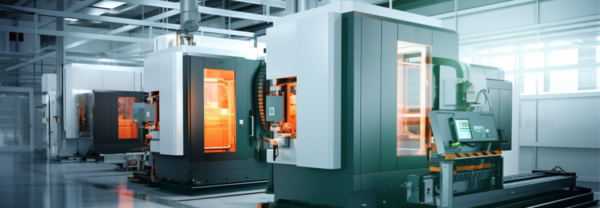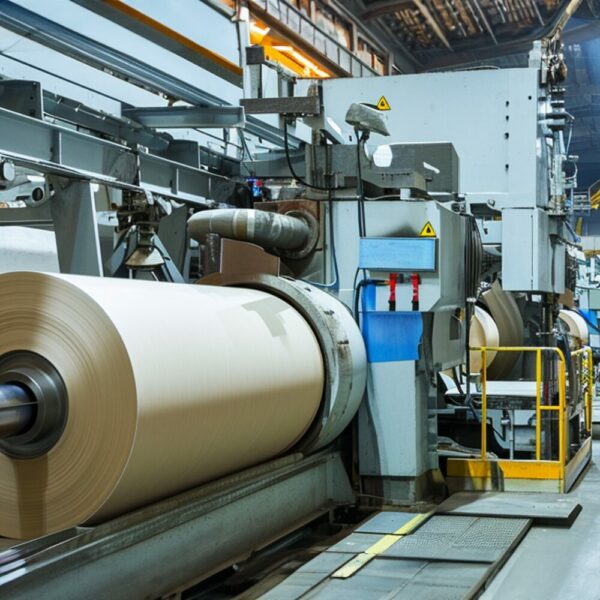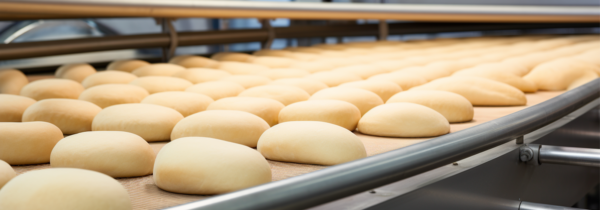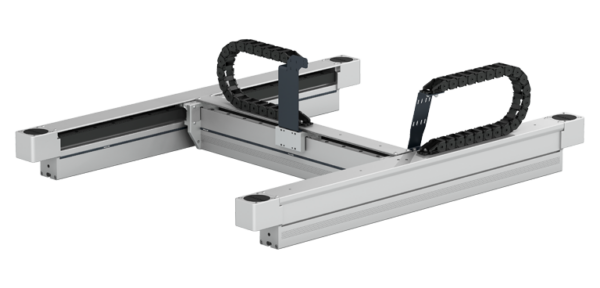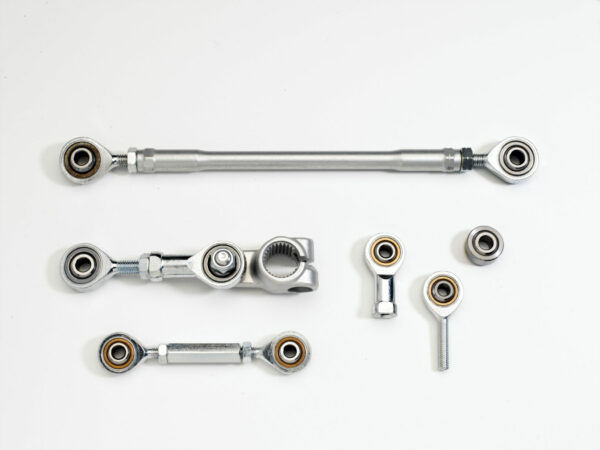Conveyor Belts in Automated Sorting Systems
Conveyor belts have become essential components of automated sorting systems. These systems are designed to improve the handling and distribution of goods and these systems would not be as efficient as they are today without the use of conveyor belts.
What is an Automated Sorting System?
An automated sorting system is an industrial setup used to sort and distribute items across various sectors, from logistics to manufacturing. These systems integrate various technologies, such as conveyor belts and linear guides, to streamline the sorting process and enhance workflow.
As sorting systems are central to many warehouse and industrial operations, the automation of these processes has been a turning point in improving efficiency and quality. Thanks to automated sorting systems, manual labour is reduced, allowing workers to focus on higher-level tasks and decreasing the risk of human error.
Usage and Benefits of Conveyor Belts
A conveyor belt is an integral component of automated sorting systems as it facilitates the movement of goods through various stages of the sorting process. By automating the transportation of items, conveyor belts eliminate the need for manual handling, reducing overall costs and minimising the risk of worker’s injuries.
The automated movement provided by conveyor systems ensures a fast and continuous flow of goods, resulting in a more efficient workflow. Moreover, conveyor belts are adaptable to various types of items, differing in form and size, making them a versatile tool in automated sorting systems. Conveyor systems help prevent accidents associated with lifting, carrying, and transporting items by minimising direct human interaction.
Types of Conveyor Belts for Sorting Applications
Another benefit of conveyor belts is the variety of solutions available on the market. Different types of conveyor belts are designed to address specific sorting needs and applications. For example, roller conveyors are ideal for handling heavy and bulky items and are often used in warehouse distribution centres to move large boxes and pallets.
In material handling systems, such as recycling centres, where vertical movement is needed to transport and sort materials across different levels, inclined and declined belt conveyors are employed. Due to their inclination, these belts can move materials up or down depending on the requirements.
The most common type of conveyor belt is the flat belt conveyor. This conveyor is ideal for handling smaller items and is frequently used in applications requiring gentle handling and high precision, such as bottling plants.
In the food industry, the conveyor belt most used is the modular belt. These belts, thanks to their modular design, allow for customisation to handle different product sizes and types and facilitate easy cleaning and maintenance, which is crucial for maintaining hygiene standards.
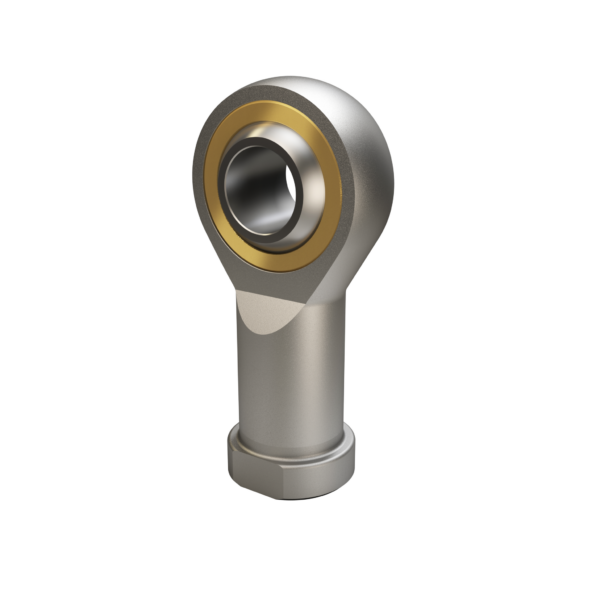 How to Ensure Precise Linear Motion in Automated Sorting Systems with Rod Ends
How to Ensure Precise Linear Motion in Automated Sorting Systems with Rod Ends
Rod ends are used to maintain precise linear motion in automated sorting systems. These mechanical joints connect and stabilise moving components, such as linear actuators and linear guides, ensuring smooth and accurate movement along linear paths. By securely linking various parts of the system, rod ends prevent unwanted deviations in motion, which is crucial for maintaining the accuracy required in high-speed sorting environments.
Rod ends also help reduce friction and wear, ensuring the longevity and reliability of the conveyor system. In sorting systems, rod ends support and guide conveyor belts or trays, especially in applications that require precise alignment and positioning. Moreover, rod ends allow for easy adjustments and fine-tuning during operation. This flexibility is essential for quick recalibrations, ensuring the system can adapt to varying loads or product types without compromising speed or accuracy.
FAQs
What are the main advantages of using conveyor belts in automated sorting systems?
The main advantages of using conveyor belts in automated sorting systems include increased efficiency, reduced labour costs, and enhanced accuracy.
Which industries benefit the most from automated sorting systems with conveyor belts?
Industries such as logistics, manufacturing, and food processing benefit the most from automated sorting systems with conveyor belts.
Can conveyor belts be customised for specific sorting applications?
Conveyor belts can be customised for specific sorting applications to accommodate various item sizes, types, and handling requirements.


